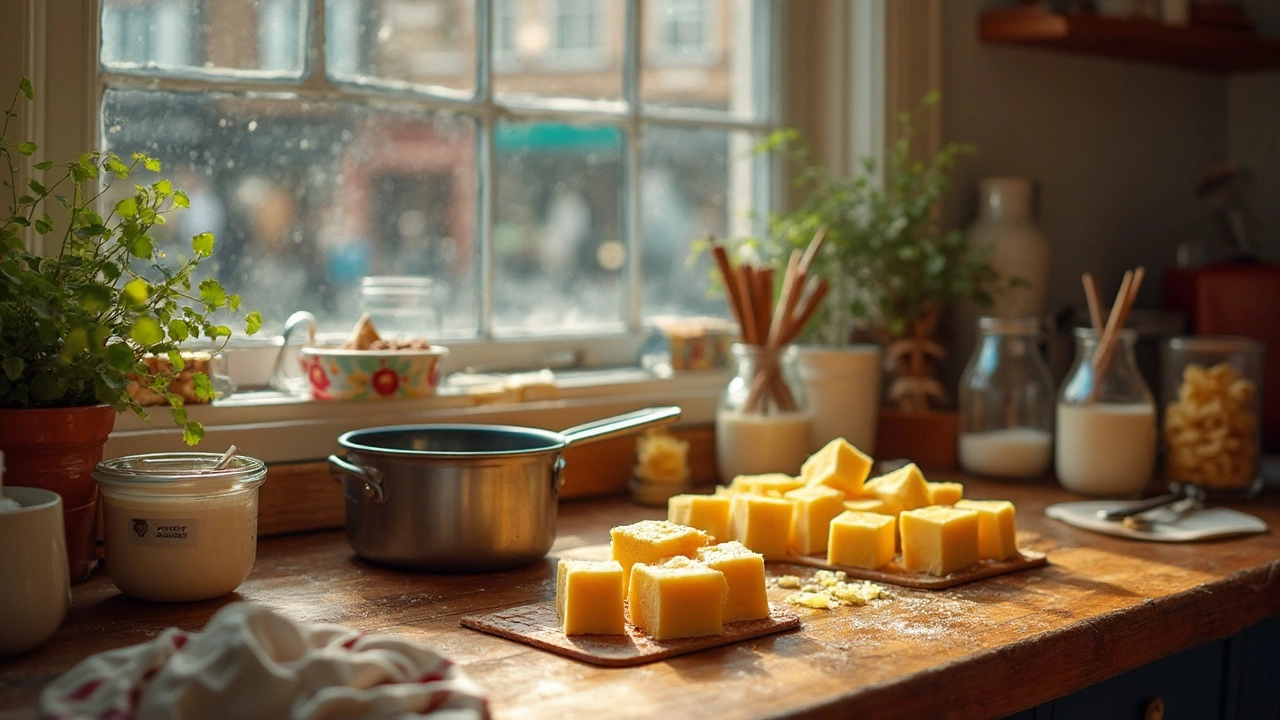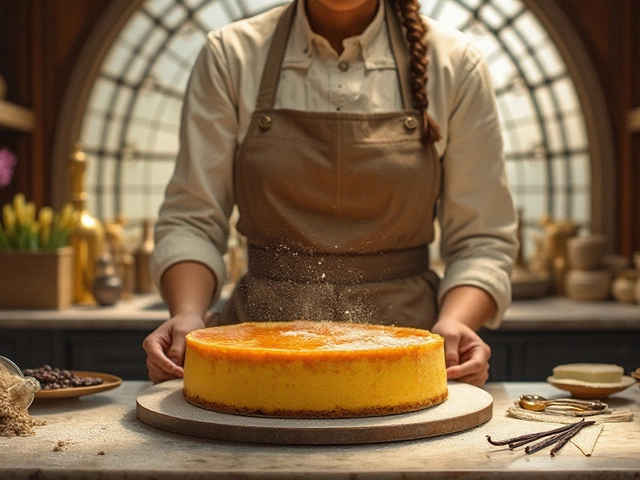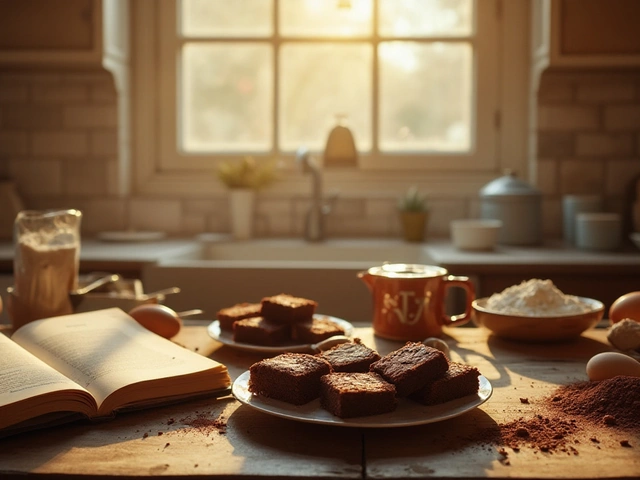Freezer Tips Every Baker Needs
Ever baked a batch of brownies or a beautiful cake only to see it go stale in a day? The freezer can be your secret weapon. With the right tricks you can lock in flavor, keep texture spot‑on, and have a ready‑to‑go dessert whenever you need it.
Below you’ll find the most practical steps for freezing brownies, frosted treats, and cakes. No fancy equipment required—just what you already have in the kitchen.
How to Freeze Brownies and Keep Them Chewy
Brownies love the cold. To freeze them right, let them cool completely on a wire rack. Cut them into the size you’ll use later—this saves you from thawing the whole pan.
Wrap each piece tightly in plastic wrap. The tighter the wrap, the less freezer burn you’ll see. After the wrap, place the pieces in a resealable freezer bag or an airtight container. Pop a little note on the bag with the baking date; it helps you rotate stock.When you’re ready to eat, move the brownies to the fridge for an hour. This gentle thaw keeps them moist and prevents the crust from getting soggy. If you want them warm, a quick 30‑second zap in the microwave does the trick.
What about frosted brownies? The frosting can get a bit soft when it thaws. To avoid that, let the frosting set at room temperature before freezing, then follow the same wrap‑and‑bag method. The result? A glossy top that stays firm after thawing.
Freezing Cakes and Frosting Without Losing Quality
Cakes can be frozen in two ways: whole or in layers. Whole cakes are great if you plan to serve the whole thing later. First, wrap the cake tightly in several layers of plastic wrap, then add a layer of aluminum foil. This double barrier stops ice crystals from forming on the surface.
If you prefer to freeze layers, slice the cake horizontally, wrap each layer separately, and store them flat. When it’s time to assemble, let each layer sit at room temperature for 20‑30 minutes before frosting. That little pause lets the cake settle and makes frosting smoother.
Frosting itself can be frozen, especially buttercream. Scoop the frosting into a bowl, cover tightly, and freeze. When you need it, transfer the bowl to the fridge overnight, then bring it to room temperature and give it a quick mix before spreading.
Some bakers worry about “freezer melt” in delicate decorations. The key is to keep decorations separate. Store sprinkles, edible pearls, and fondant in their own small containers. Add them after the cake has fully thawed to keep them crisp.
One more tip: label everything. Write the type of dessert, the date baked, and any special notes (e.g., “contains nuts”). A quick glance at the freezer door saves you from accidental mix‑ups.
By mastering these freezer habits you’ll cut down waste, save money, and always have a sweet treat ready. Next time you bake, think ahead: a few minutes of prep now means a delicious dessert later, straight from the freezer.






